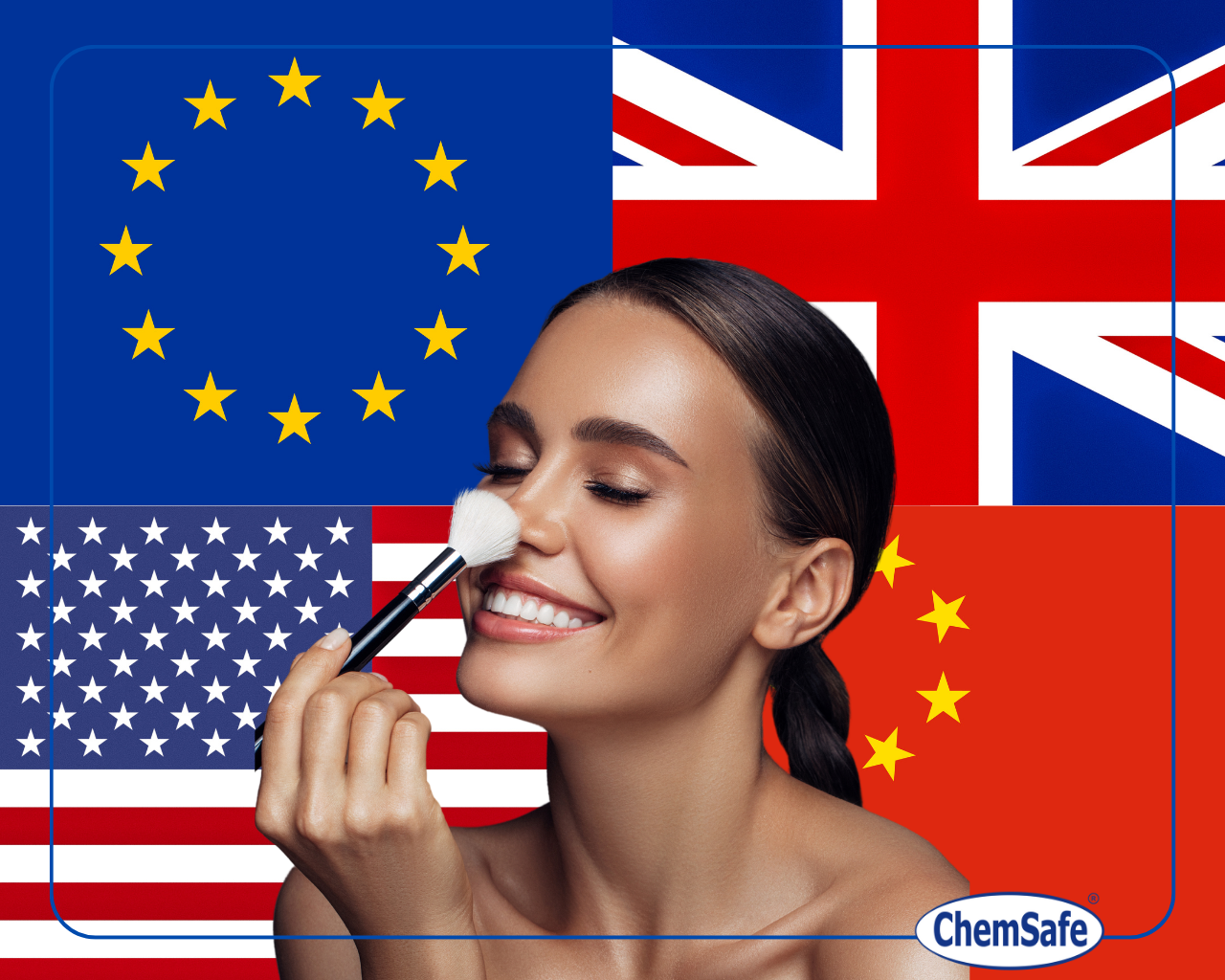In a constantly changing cosmetic regulatory landscape, we have left behind a year full of innovations.
Here’s what happened in the main markets and what awaits us in the future.
EU (Reg. (EC) 1223/2009)
The European Union continues to have one of the most stringent yet landmark cosmetic regulations in the global regulatory landscape. In the coming years there will be several updates regarding the EU regulation:
– Extension of the automatic ban on certain substances classified in the CLP regulation, as is already the case for CMR substances
– Review of exemption criteria through waiver for these bans
– Alignment of the definition of nanomaterial
– Integration of the SCCS within ECHA
– Introduction of the optional digital label for part of the information to be displayed on product packaging
– Creation of a link between CPNP and custom databases to verify notification of imported products
UK
After Brexit, as of December 31, 2020, the new UK Cosmetic Regulation came into force in the UK, which basically takes over the European regulation.
The SCCS has been replaced with the SAG-CS, which is currently mirroring the SCCS by adopting the same restrictions as the EU with some delays.
US (MoCRA)
The introduction of the new US regulation for cosmetics (MoCRA) has been the hot topic of 2023.
The changes introduced by MoCRA are:
– Registration of facilities with the FDA
– Registration of cosmetic products with the FDA
– Testing and studies to support the safety of cosmetic products
– Reporting, review, correction, and recording of adverse events
– Labeling of allergens
– Introduction of cosmetic GMPs
– Mandatory recall of products from the market and suspension of production sites when required by the FDAIn the US, the responsible person is the brand owner, even if it is established outside the US.
Registration of facilities (establishments where the product is manufactured, packaged or otherwise processed) must be updated within 60 days renewed every 2 years, while the product list must be updated within 120 days renewed every year. Both the registration of facilities and the ingredient list can be done on the appropriate FDA portal.
According to the FDA, the European CPSR will be acceptable for demonstrating safety, while still awaiting updates from the FDA regarding allergens to be declared on the label and GMPs to be applied to manufacturing.
For more information on U.S. cosmetic regulation and how to bring your cosmetic products into compliance in the United States: https://www.chemsafe-consulting.com/2023/05/09/panoramica
China (CSAR)
No big news regarding the Chinese regulation. The new regulation recently came into full effect.In fact, May 2023 was set as the deadline for reporting safety information of cosmetic ingredients, both for existing and new products. For more information on China’s cosmetic regulation and how to bring your cosmetic products into compliance in China: https://www.chemsafe-consulting.com/2023/03/28/cosmetici-in-cina-cosa-ce-da-sapere-sul-nuovo-regolamento/







